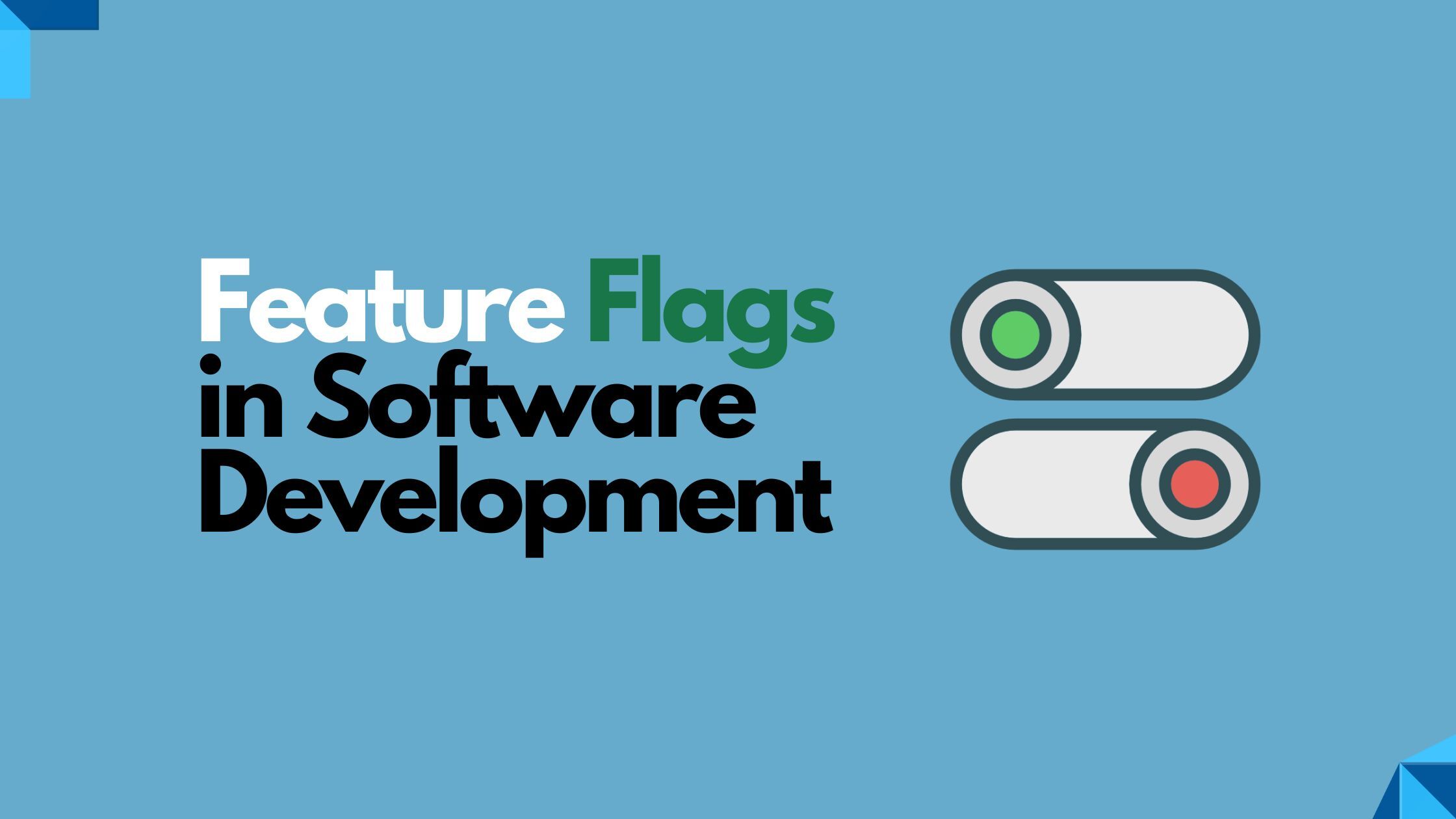A feature flag is a mechanism that lets developers turn features on or off at runtime, without changing the underlying code or redeploying the application. By wrapping new functionality in a flag, teams can ship code to production safely, test features with specific user groups, and respond quickly to issues while maintaining a fast development cadence.
Benefits of Using Feature Flags
Faster Releases
Feature flags allow developers to merge code into the main branch early and often, even if the feature is incomplete. This supports continuous integration and reduces long-lived branches, making releases more frequent and less stressful.
Safe Rollbacks
If a new feature causes issues in production, teams can disable it instantly using a feature flag. This avoids the need for a full rollback or hotfix, minimizing downtime and user impact.
Controlled Rollouts
Teams can release features gradually to a subset of users. This enables canary releases, phased rollouts, and testing in real environments before full deployment.
A/B Testing and Experimentation
Feature flags make it easy to run experiments. You can serve different versions of a feature to different user segments and analyze results to guide product decisions based on real user behavior.
Decoupled Deployments and Releases
With feature flags, deployment and release are no longer tied together. Code can be deployed at any time, and features can be released independently when they are ready—reducing coordination overhead across teams.
Team Autonomy and Control
Non-developers such as product managers, QA engineers, or support teams can toggle features without needing to deploy new builds. This empowers cross-functional teams and reduces bottlenecks.
Feature Flags vs Branching Strategies
1. Code Integration Frequency
Branching Strategy: Long-lived branches delay integration and increase the chance of merge conflicts.
Feature Flags: Code stays close to the main branch, reducing integration friction and improving CI efficiency.
2. Release Control
Branching Strategy: A feature is released when its code is merged and deployed.
Feature Flags: Code can be deployed ahead of time, and the feature can be released independently by toggling the flag.
3. Testing in Production
Branching Strategy: Testing is limited to pre-production environments.
Feature Flags: Enables safe testing in production by exposing features to internal users or a small percentage of real users.
4. Rollback Safety
Branching Strategy: Rolling back requires reverting a merge or redeploying an earlier build.
Feature Flags: A feature can be turned off instantly without touching the codebase or deployment pipeline.
5. Collaboration and Speed
Branching Strategy: Developers may work in isolation for longer periods, leading to delays.
Feature Flags: Encourage early collaboration by integrating incomplete features into the main branch behind flags.
Types of Feature Flags
1. Release Flags
Used to control whether a new feature is visible in production. Developers can merge and deploy code without exposing the feature to users until it’s ready. These are often temporary and removed after full rollout.
Example: A new checkout flow is deployed but hidden from users until product approval.
2. Experiment Flags
Enable A/B or multivariate testing by serving different versions of a feature to different user segments. These flags help measure user behavior and validate product decisions based on real-world data.
Example: Testing two variations of a sign-up form to see which performs better.
3. Operational Flags
Used to control infrastructure-level behaviors, system fallbacks, or performance-sensitive features. These are typically toggled by engineering or DevOps teams during incidents or high-load conditions.
Example: Temporarily disabling image processing during peak traffic to reduce server load.
4. Permission Flags
Used to manage access control by showing or hiding features based on user roles, subscription tiers, or organizations. These are often long-lived and part of the product's configuration model.
Example: A premium reporting feature is only available to enterprise users.
5. Temporary vs Permanent Flags
- Temporary Flags: are short-lived and tied to a specific release or experiment. They should be removed after serving their purpose to avoid technical debt.
- Permanent Flags: are used for long-term configuration or permissions and are maintained as part of the system design.
Use Cases of Feature Flags with IntelliToggle
1. Unbundle deployment from release: This refers to the process of separating code deployed to production from the release of features to end users. Teams can still deploy as much code as they want without necessarily releasing new features to their customers or end users.
2. Progressive delivery: This practice involves releasing changes to a software product or application to a subset of users or environments gradually in a regulated and strategic manner. Teams have more control over when and which features are released to users after trying it out with sub groups.
3. Production testing: These tests, which involve running code, are carried out on production servers with real customer data without the awareness of the majority of users of the system. The essence of production testing is to validate certain ideas and also ensure new changes do not affect customers and existing business operations.
4. Customer targeting and personalization: Targeting and personalization goes configurations and settings. Feature flags give you a robust capability to better target a wide spectrum of customers and personalize their experience to include multiple contexts.
